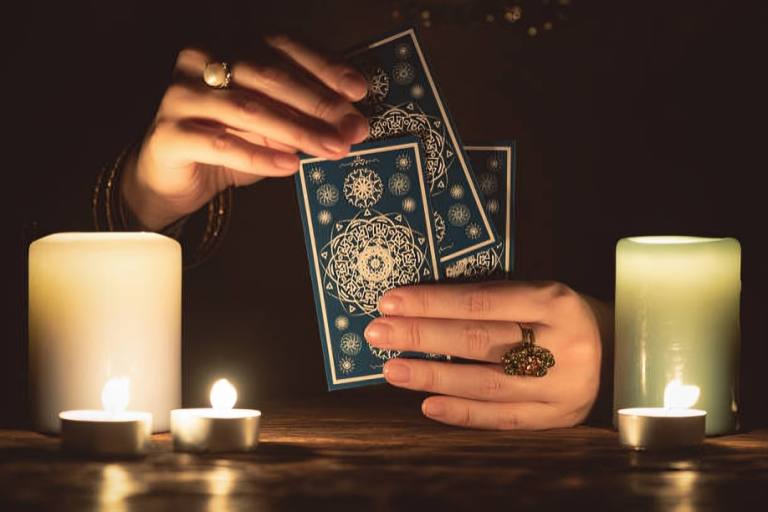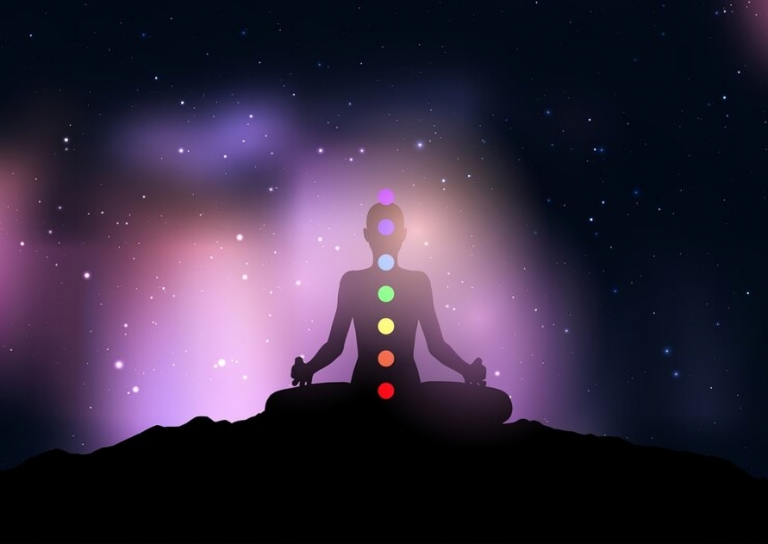The Healing Power of Color: Exploring the Wonders of Color Therapy.
Color therapy, also known as chromotherapy, is an alternative healing practice that harnesses the energy and vibrations of different colors to promote physical, emotional, and spiritual well-being. Dating back to ancient civilizations, color therapy has been used across cultures to restore balance and harmony within the body and mind. In today’s modern world, this age-old practice continues to gain recognition as a holistic approach to wellness, offering a unique avenue for self-discovery and healing.
To Know More About It Please Click Here
Understanding Color Therapy
Color therapy operates on the principle that each color carries its own energetic frequency, which can influence various aspects of our being. It is based on the belief that when the body’s energy centers, or chakras, are out of balance, physical or emotional ailments may arise. By exposing oneself to specific colors or visualizing them, practitioners aim to restore equilibrium to these energy centers and promote overall health.
Key Concepts of Color Therapy
- Color Associations: Different colors are believed to evoke specific emotions and qualities. For example, red is associated with vitality and passion, while blue is linked to tranquility and calmness. Understanding these associations allows practitioners to tailor color therapy treatments to address specific concerns.
- Chakra Balancing: In many holistic healing traditions, including Ayurveda and yoga, the chakras are considered vital energy centers within the body. Each chakra is associated with a particular color and governs specific physical, emotional, and spiritual aspects of our being. Color therapy can be used to balance and align these chakras, facilitating healing on multiple levels.
- Light Therapy: Light therapy, a subset of color therapy, involves exposure to specific wavelengths of light to treat various conditions. For instance, blue light therapy is used to alleviate symptoms of seasonal affective disorder (SAD), while red light therapy may promote wound healing and reduce inflammation. By targeting different areas of the body with colored light, practitioners aim to stimulate cellular activity and restore balance.
- Visualization Techniques: Visualization is a powerful tool in color therapy. By imagining oneself surrounded by a particular color or visualizing it within the body, individuals can tap into the healing properties of that color. Visualization exercises are often incorporated into meditation practices to promote relaxation, clarity, and inner peace.
Applications of Color Therapy:
Color therapy can be applied in a variety of ways to support holistic well-being:
- Color Meditation: Guided meditation sessions that focus on visualizing specific colors to promote relaxation and balance.
- Color Bathing: Adding colored bath salts or using colored lights in baths to immerse oneself in healing energies.
- Color Breathing: Practicing deep breathing exercises while visualizing inhaling and exhaling specific colors to cleanse and energize the body.
- Colorful Environments: Surrounding oneself with particular colors in living or workspaces to create a harmonious atmosphere and promote desired moods.
To Know More About It Please Click Here
Conclusion
Color therapy offers a holistic approach to wellness that recognizes the interconnectedness of body, mind, and spirit. By tapping into the vibrational energies of different colors, individuals can embark on a journey of self-discovery and healing. Whether used as a standalone therapy or integrated into existing healing practices, color therapy holds the potential to enhance overall well-being and foster a deeper connection to oneself and the world around us.








